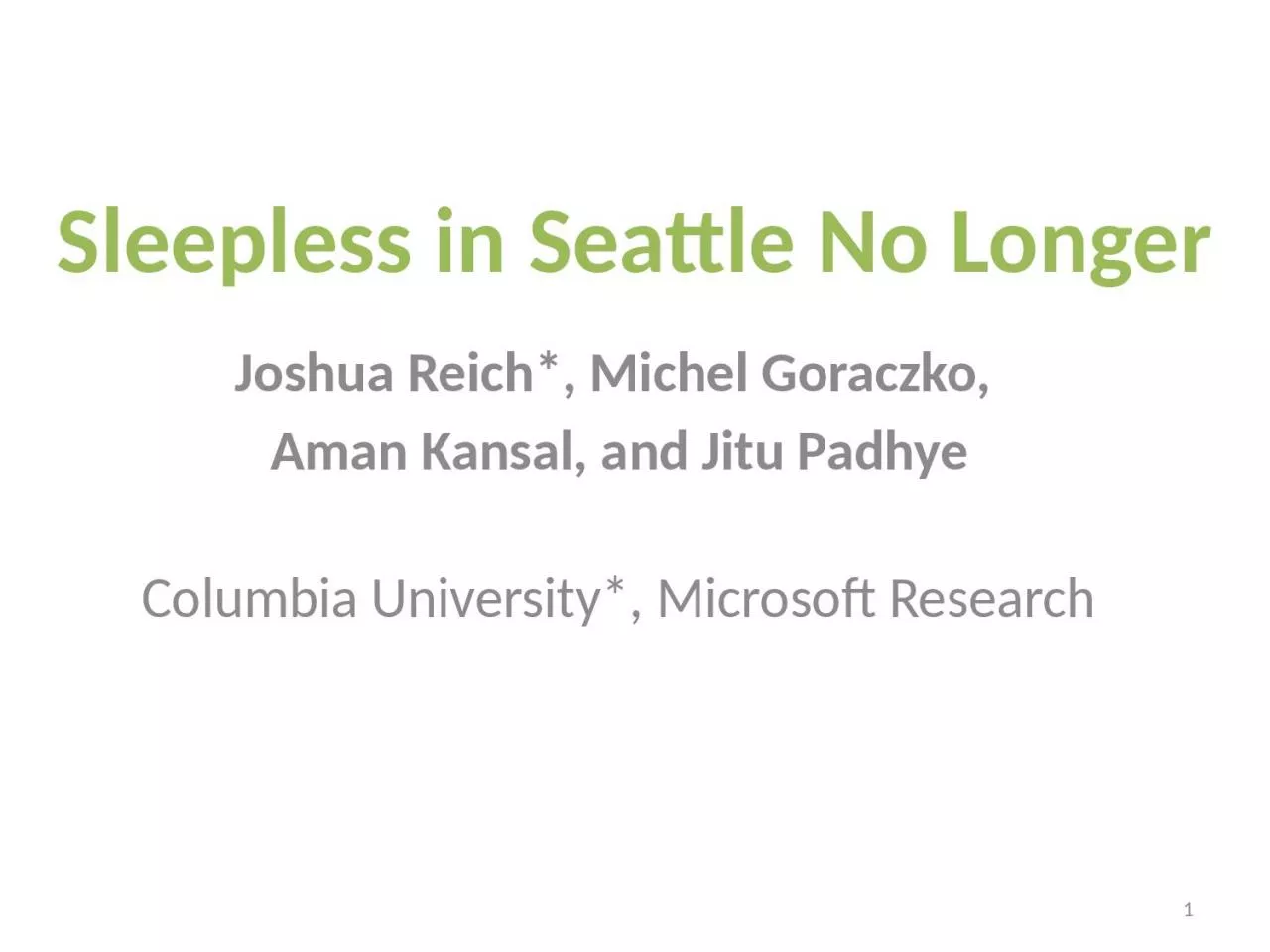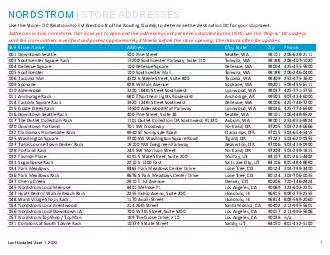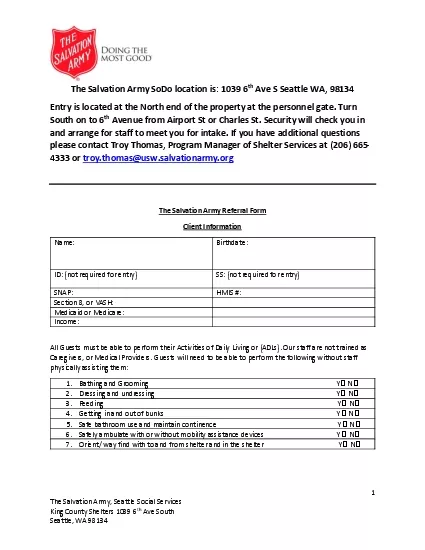PPT-Sleepless in Seattle No Longer
Author : nonhurmer | Published Date : 2020-08-29
Joshua Reich Michel Goraczko Aman Kansal and Jitu Padhye Columbia University Microsoft Research 1 A Short Story Sleepless in Seattle A desktop machine Workdays
Presentation Embed Code
Download Presentation
Download Presentation The PPT/PDF document "Sleepless in Seattle No Longer" is the property of its rightful owner. Permission is granted to download and print the materials on this website for personal, non-commercial use only, and to display it on your personal computer provided you do not modify the materials and that you retain all copyright notices contained in the materials. By downloading content from our website, you accept the terms of this agreement.
Sleepless in Seattle No Longer: Transcript
Download Rules Of Document
"Sleepless in Seattle No Longer"The content belongs to its owner. You may download and print it for personal use, without modification, and keep all copyright notices. By downloading, you agree to these terms.
Related Documents














